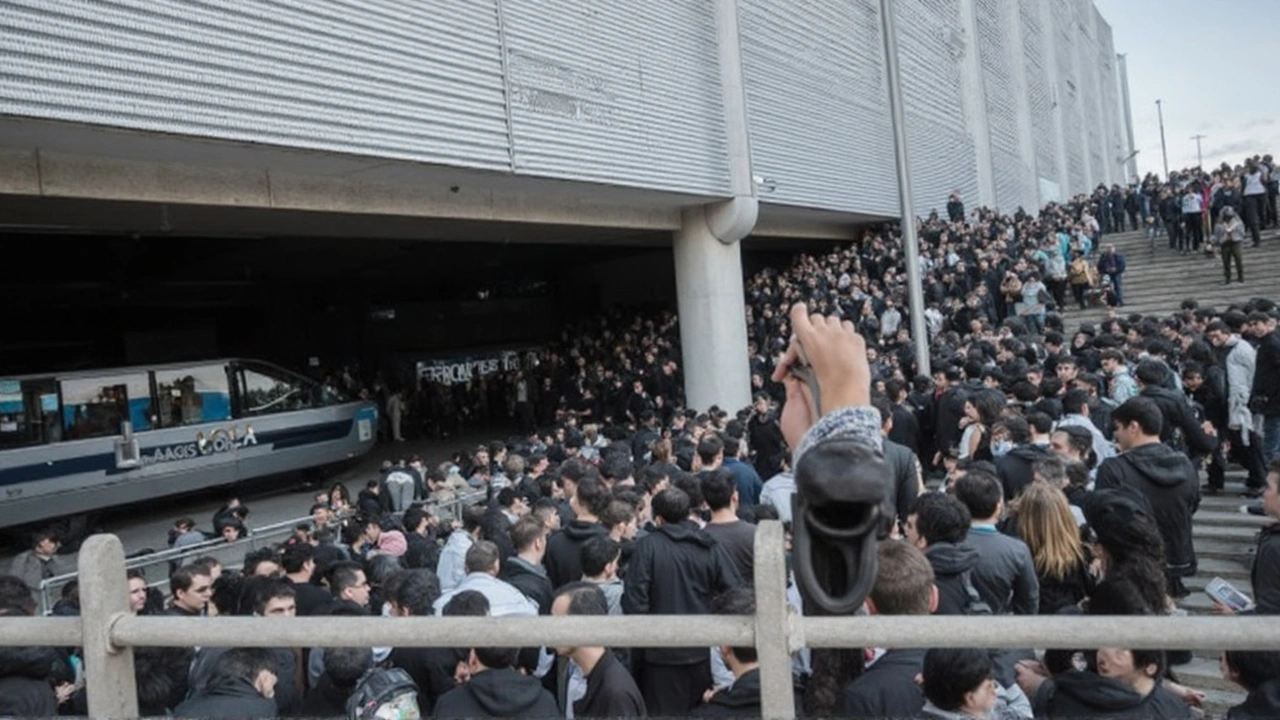Millions Plunged Into Darkness Across Southern Europe
Imagine ordering your morning coffee, only for the café lights to flicker out while your phone abruptly loses signal. That was just the start for millions dealing with a power outage stretching across Spain, Portugal, parts of France, and even into Belgium on April 28, 2025. Entire metro lines stopped mid-journey, hospital staff scrambled to keep vital equipment running, and two of Europe's landmark airports were forced to a standstill. In a world tethered to electricity, the sense of helplessness was everywhere.
The scope was jaw-dropping. In Spain, it wasn’t just one city. Residents from Catalonia all the way down to Andalusia, and from the Basque Country to Extremadura, found themselves without power. Portugal took a hit on a national scale, with both city streets and rural villages left in the dark. Over in France, the Basque Coast and Burgundy were majorly affected. The blackout even crept into parts of Belgium, though details on those regions are still spotty.
The reason for the chaos? A nasty combo of high-voltage transmission line failures and structural issues in the European grid. While it attacked the heart of daily life — lighting, heating, food storage — the real drama played out in places where electricity is more than just convenience.
Travel, Healthcare, and Communication Stopped Cold
Madrid’s Barajas International Airport, normally buzzing with flights and thousands of passengers, went eerily quiet. With no power, all flights were canceled. Nearby, panicked travelers crowded around darkened boards. At the same time, Lisbon’s Humberto Delgado Airport shuttered gates, stranding hundreds more as backup generators failed to cope. All along the usually reliable rail lines and metro tunnels between stops, trains screeched to a halt, leaving commuters stuck underground with no idea when they’d be moving again.
Hospitals in Madrid and around Portugal took an immediate hit. At Madrid’s La Paz hospital, staff rushed to move patients requiring life-support equipment to wards with generator backup. Surgeries were canceled at the last minute as fuel ran low, and some clinics lost both water supply and any communication with the outside world. Over in Portugal, similar scenes played out — only the most urgent surgeries went ahead as facilities rationed their generator usage to keep emergency rooms functional.
Telecommunications was another casualty. Many couldn't call loved ones or access the internet for updates. Without power, mobile towers and internet providers went offline, cutting off a key information lifeline during the crisis. Friends and families checked on each other however they could, often resorting to in-person visits or waiting at public information points, where city officials offered updates through battery-powered megaphones.
The domino effect was relentless: escalators, elevators, ATMs, and even basic water services in some hospitals failed. Supermarkets protected their frozen goods with whatever backup they had, trying desperately to prevent spoilage. Night fell over areas still without lights, prompting thousands to use candles and flashlights for basic tasks.
Red Eléctrica, Spain’s national grid operator, reported that by evening, some northern and southern regions began receiving electricity again. Restoration was slow, though. Engineers worked around the clock, assessing which high-voltage links needed urgent repairs and how to coordinate the delicate re-balancing of the pan-European grid. It was clear: getting everything back online safely wasn’t as easy as flipping a switch.
Officials got ahead of rumor mills by confirming there was no evidence of cyberattacks. The culprit was old-fashioned technical trouble — the kind that exposes just how tightly connected and vulnerable modern infrastructure is. For everyone affected, it was a reminder that the electric hum we take for granted can go silent in a heartbeat, with consequences that ripple through every corner of society.



Orlaith Ryan
April 30, 2025 AT 04:57Jacquelyn Barbero
April 30, 2025 AT 07:21toby tinsley
April 30, 2025 AT 18:51Chris Richardson
May 1, 2025 AT 06:19Arvind Pal
May 3, 2025 AT 03:36Mark Archuleta
May 4, 2025 AT 07:04Pete Thompson
May 5, 2025 AT 16:37Richard Berry
May 7, 2025 AT 11:29Sandy Everett
May 7, 2025 AT 21:57J Mavrikos
May 9, 2025 AT 11:39Stuart Sandman
May 10, 2025 AT 04:58DJ Paterson
May 11, 2025 AT 21:38Nikhil nilkhan
May 12, 2025 AT 14:00Orlaith Ryan
May 12, 2025 AT 23:00